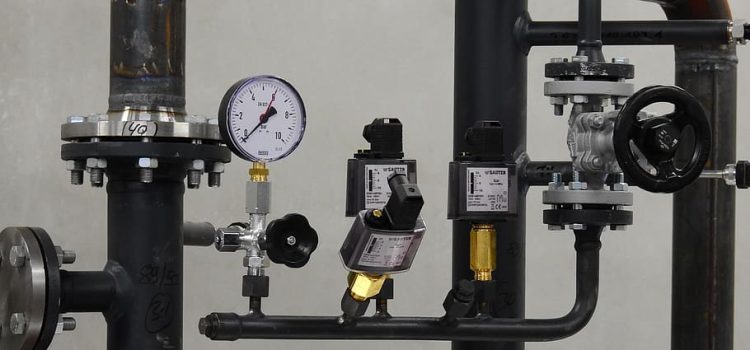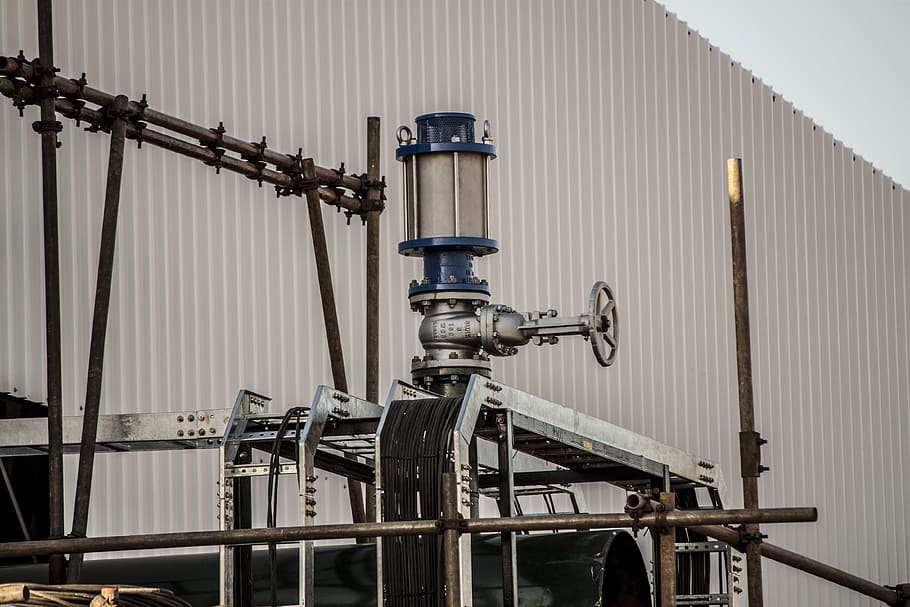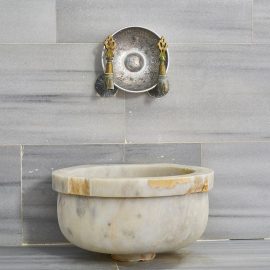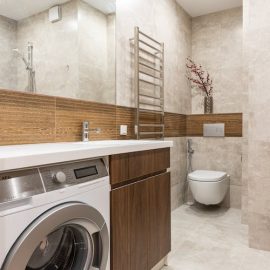
What Is a 3-Way Valve Used For?
For better regulation in a hydraulic circuit, the 3-way valve is essential. Used almost everywhere, in industry and private homes, it is present in heating and swimming pools, but also in irrigation and watering with specificities according to the liquids to be regulated.
This post tells you everything you need to know about this particular valve.
3-way valve: operating principle
A classic valve allows to open, close or adjust the flow of liquid circulating in a circuit. It is generally a straight valve with an inlet and an outlet connection.
T-shaped, it has 3 connections to add an inlet pipe to an existing circuit. The 3-way valve is equipped with a handwheel or a lever to dose the liquid flow, open or close each outlet, and is mainly used in flow regulation.
The regulation consists in dosing in or from a primary circuit by admitting an input from a secondary circuit or by discharging in this secondary circuit. The dosing can be manual, programmable or automated on a motorized 3-way valve. There are two types of regulation setups:
– Mixing (two inlets and one outlet): in the mixing assembly, the 3-way valve is arranged on a primary circuit with supply from a secondary circuit, but with a constant flow rate at the outlet.
– Distribution (one inlet and two outlets): distribution (or discharge) is a variation of the flow rate where the 3-way valve performs a variation of the output flow rate by discharging the primary circuit into the secondary circuit.
Characteristics of the 3-way valve
According to the assemblies to be carried out, there are several types of 3-way valves classified according to several criteria:
Blocking
This mechanism is placed in the 3 ways inside the valve body and is used to open, close or modulate the flow at the 3 inlets or outlets. We distinguish :
– Ball valves: the ball is hollowed-out and pivots inside each valve channel. When opened, the ball is an orifice through which the liquid flows; when closed, it presents a concave face to the liquid. The spherical shape ensures a tight seal in the closed position without suffering wear. The ball valve allows a complete operation in a quarter turn.
– Needle valves: as in a conventional valve, a needle is inserted into a seat to close the hole through which the liquid flows. A handwheel screw generally controls the descent of the needle.
Maneuvering
Maneuvering refers to how the shut-off device is operated. It can be:
– Manual “quarter turn”: a lever located outside the valve on each of its ways allows a simple quarter turn to open and close the circuit; any intermediate position allows the flow rate to be metered. The advantage of the quarter-turn valve is that it can be operated manually in a short time, and its degree of opening can be seen instantly from the position of the control lever.
– Manual “handwheel”: this is a handwheel which allows, by screwing and unscrewing, a precise adjustment of the flow rate circulating in the circuit. This advantage is accompanied by the disadvantage of not allowing the visualization of its opening degree.
– Motorized: whatever the shut-off system, its positioning is actuated by an internal electric motor which allows a remote maneuver by an operator or by a control unit.
Material
Generally made of cast steel, stainless steel, brass or copper, the 3-way valve is also available in synthetic materials (plastic, ABS, resin, etc.). It can be used with all types of liquids, whether corrosive or not, and at varying temperatures.
Good to know: be careful with the type of material, which implies a kind of assembly by screwing or gluing according to the pipes’ material. Also, pipes, valves and fittings have standard diameters that must be respected.
Applications and uses of the 3-way valve
In industry, animal farming and agriculture, the 3-way valve is frequently used in the dosing of liquid components of a product, but also on all circuits requiring regulation (generally of temperature) or discharge (often a purge or a maintenance or safety evacuation).
The main domestic uses of the 3-way valve are as follows:
– Heating: it is generally used on a boiler return circuit of radiators, hot water tank or underfloor heating, but also in aerothermal, geothermal and solar heating systems, wherever regulation is required, whether in mixing or in distribution.
– Swimming pools: it is almost indispensable when the filtering suction and delivery vents need to be selected or dosed, but also when a pool heating system needs modulated.
– Watering and irrigation: it allows for variation of the water supply sources (drilling, pumping, rainwater collector or network) without having to install or uninstall connections.
3-way valve: choice according to use

The choice of a 3-way valve depends on the circuit on which it will be installed and its function.
– For a heating circuit, choosing a 3-way valve made of metal resistant to corrosion induced by electrolysis or heat transfer fluids (stainless steel or brass depending on the product) is better. The ball valve with a quarter-turn handle is the easiest to use. The needle valve with a hand wheel is more suitable for more precise regulation. Motorized 3-way valves should accompany automatic regulation.
– Choosing a specific resin valve capable of withstanding water treatment products is essential for swimming pools. The quarter-turn ball valve is ideally suited to this type of regulation.
– In watering and irrigation, the pressure of the liquid dictates the material of the 3-way valve. A metal valve is required for high flow rates and pressures, while a plastic or ABS 3-way valve is sufficient for conventional irrigation pipes.
Prices and where to buy the 3-way valve
You can find 3-way valves for most domestic uses in all hardware and DIY stores. You’ll need to look at building supply retailers for large or heavy-duty three-way valves.
It is possible to find all types of 3-way valves online, especially to compare prices, considering potential shipping costs for equipment weighing several kilos.
Prices vary:
– $15 for a 3-way valve made of synthetic material for watering and swimming pools;
– $20 to about $50 for a 3-way metal valve for heating, both manual and motorized.
In the industry, motorized 3-way valves often exceed $500.



